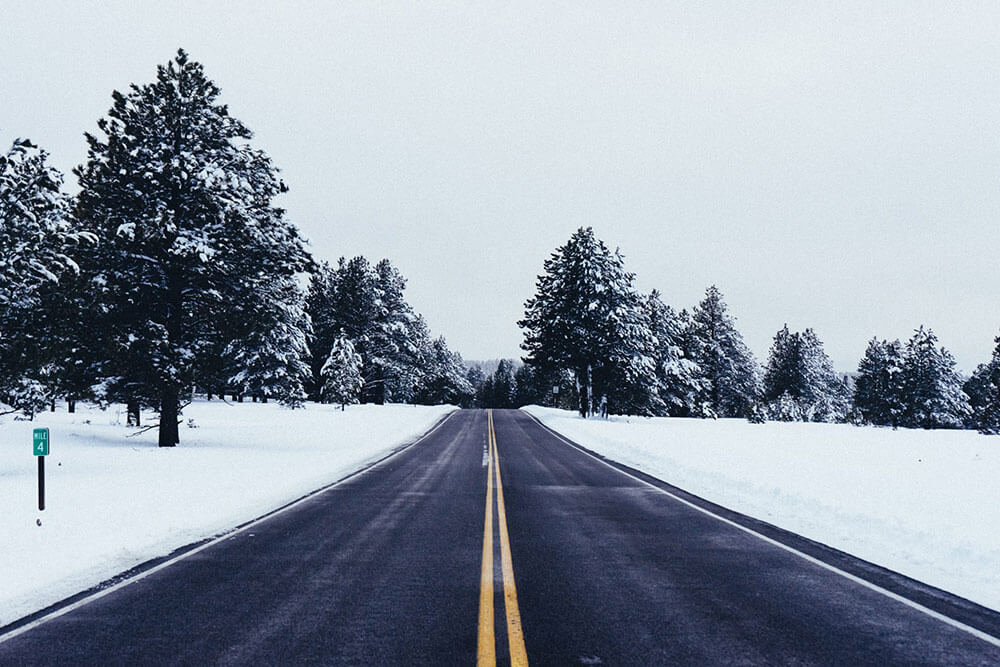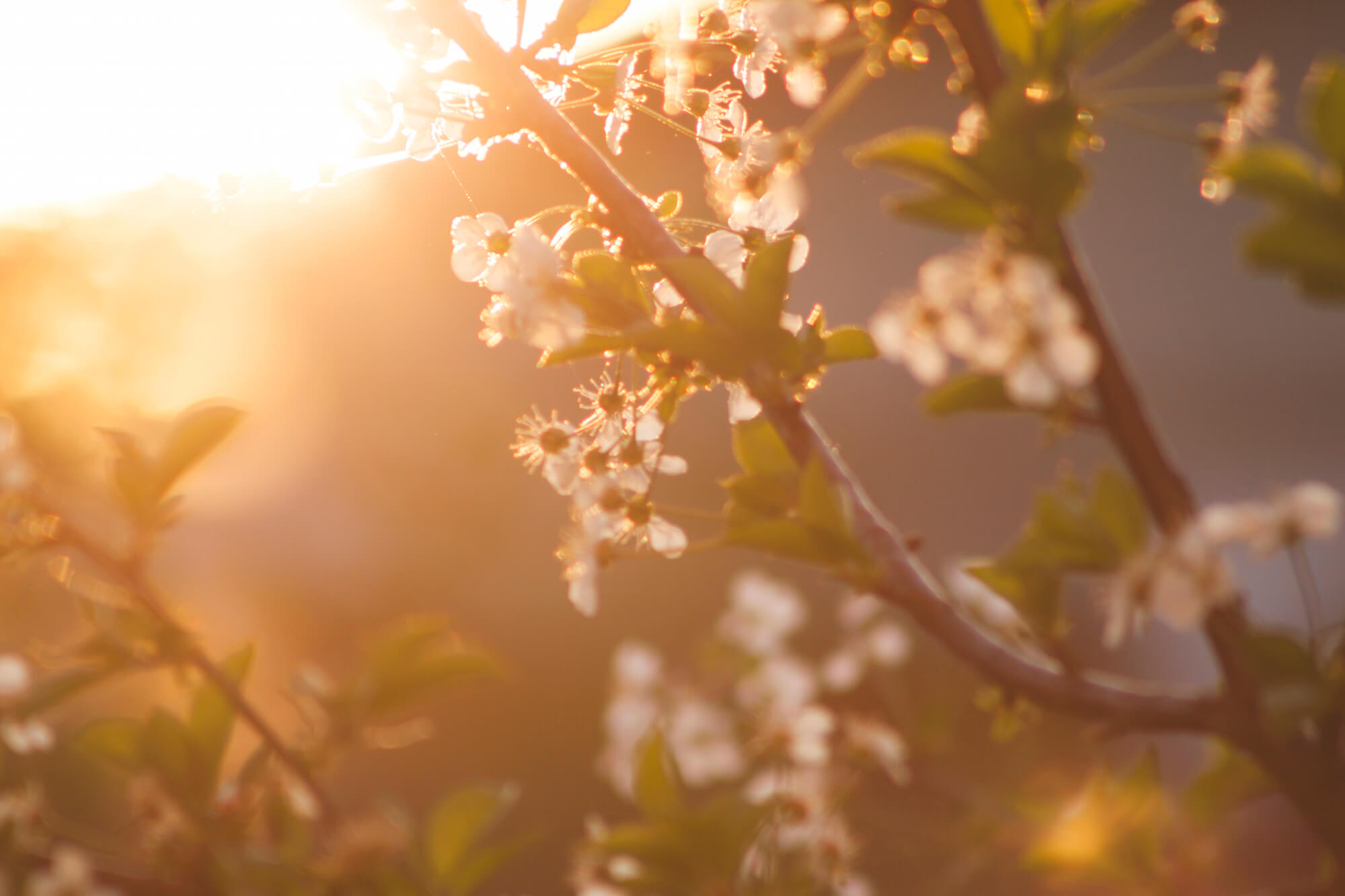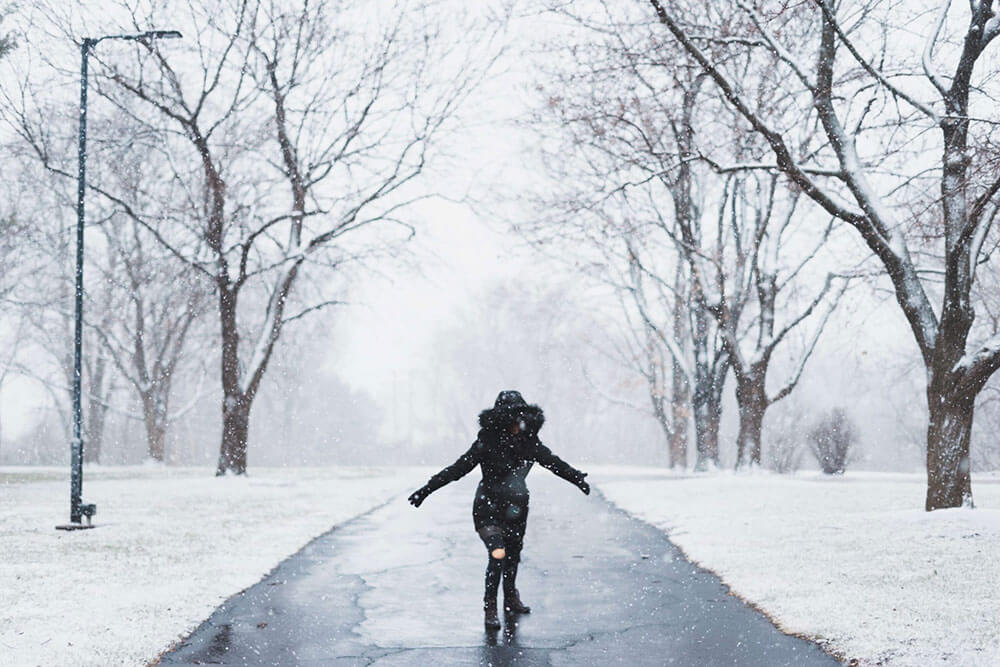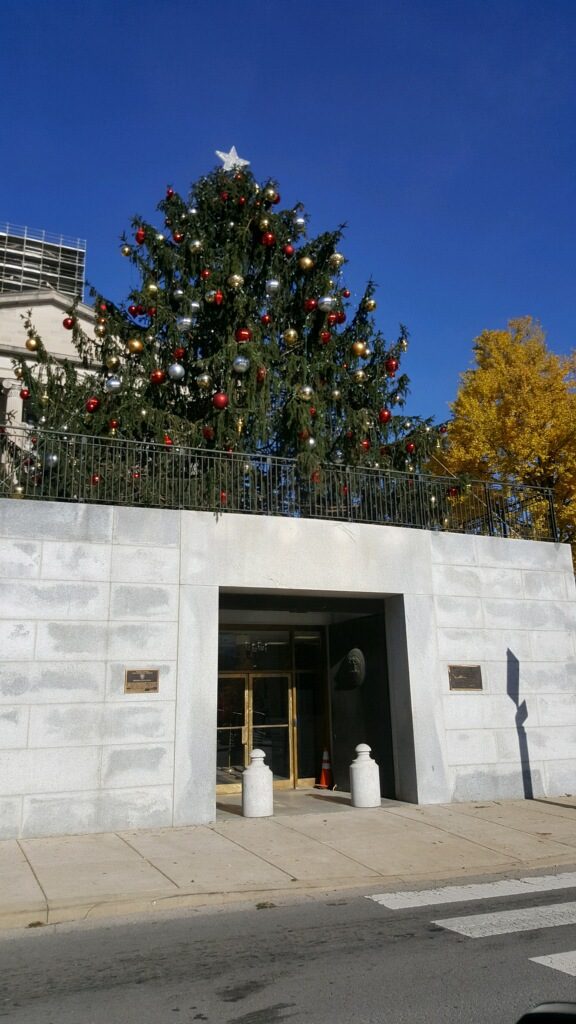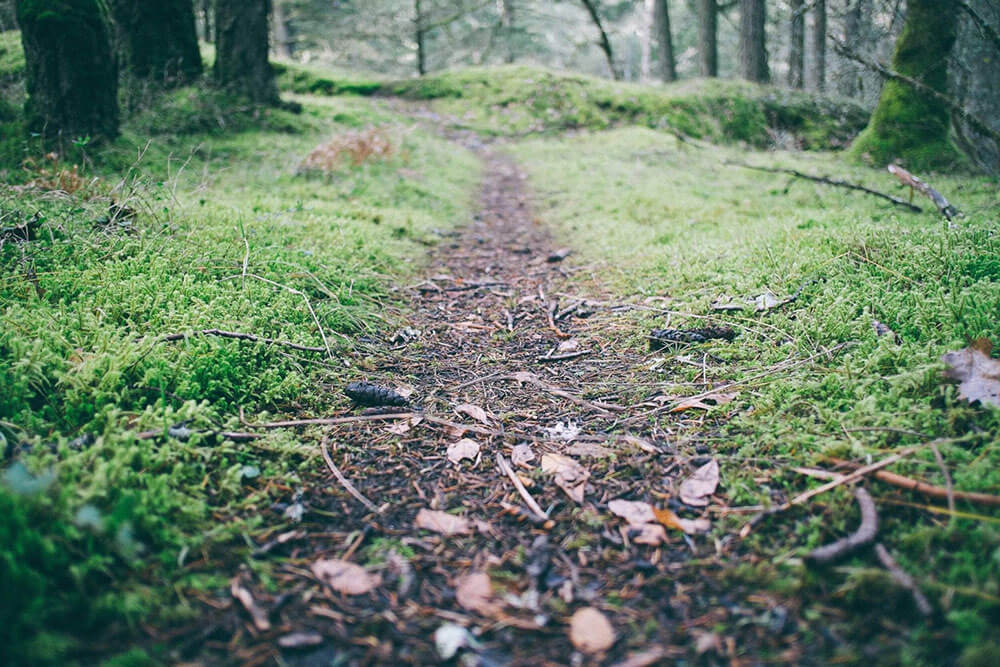In Nashville we don’t get a ton of snow and ice, but we get enough. When it does come, one of the biggest challenges is to clear porches, sidewalks, and driveways to prevent slip and falls and get the car safely in and out of the garage.
So, who does this? Some of our clients have longer, tree-lined driveways, others have more traditional lengths. In both cases, clearing ice and snow will be a challenge, one they may decide to take on themselves or find some help.
At the Parke Company, Nashville’s leading landscaping service and tree service, we know a little about snow removal. While we don’t offer “snow mitigation,” we’ve dealt with the aftermath, which unfortunately can result in removing a tree damaged by sloppy use of deicer.
We’d like to pass along a few tips on how to handle snow and ice to ensure your paved surfaces are safe without doing damage to your plants, trees, and lawn.
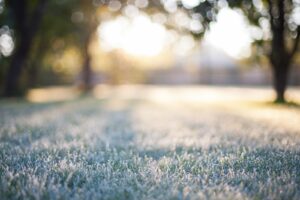
How to Handle Winter Weather
Snow Removal with Heart
When we talk about heart, we mean yours. If you opt to shovel, snow blow, or spread deicer, there are a few things you should be aware of. First, shoveling snow can either be great exercise or trigger a heart attack. Nashville ERs staff up when it snows because they know they will have a rush of coronary emergencies to deal with.
If you don’t regularly exercise, now is not the time to start. Make arrangements for a snow removal service to tend to the chore. Cold weather drives blood pressure up and cold air rapidly dehydrates the body. Toss in repeatedly lifting shovel loads of snow or pushing a heavy blower and you have the makings of a heart attack.
If you feel pain or “squeezing” in your chest, pain radiating down your left arm, jaw pain, shortness of breath, or you break out in a cold sweat, quit, go inside, and call 911.
Preparation
The best way to defeat ice is to prepare paved surfaces before the ice actually arrives. Keep an eye on the weather report and when snow or ice is in the forecast, prep your surfaces. If you want to go totally “green,” spread wood chips, straw, or gravel to encourage traction. After the ice arrives, you can spread sand on top. However, all of these “green” solutions need to be cleaned up after the ice thaws.
Deicers are the most common method of clearing snow and ice, and this is where you can do some real damage. One of the favorite deicers is sodium chloride, AKA rock salt. It’s popular because it’s dirt cheap. Salt is a corrosive, and it is capable of burning a pet’s paws as well as killing any grass or bushes that come in contact from the runoff.
Alternatives to rock salt include potassium chloride, calcium chloride, and magnesium chloride. All three are pet and plant friendly. Unfortunately, all three are more expensive than rock salt. The good news is, after a few short months spring will arrive and we at the Parke Company can get back to tree trimming, tree planting and other landscaping tasks. Until then, we wish you a safe and enjoyable winter season.
